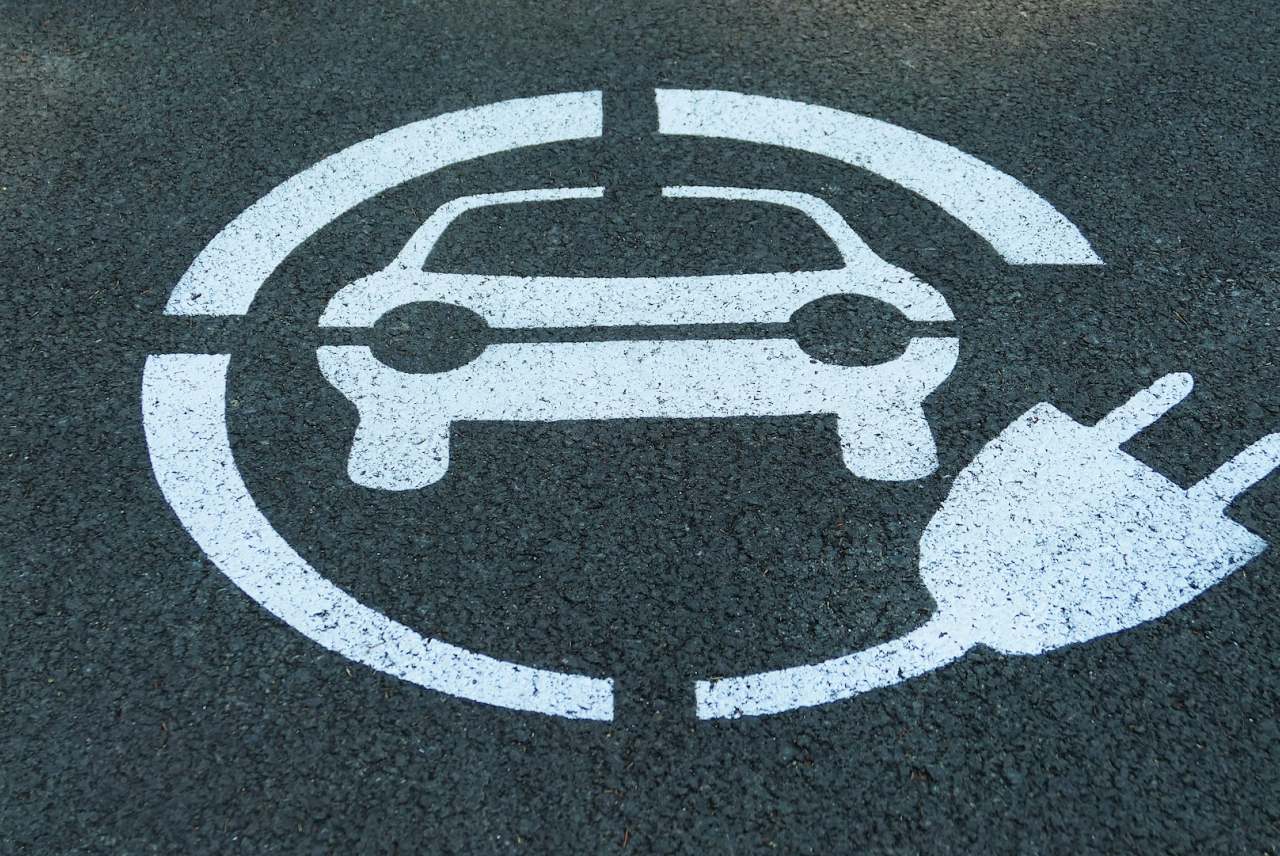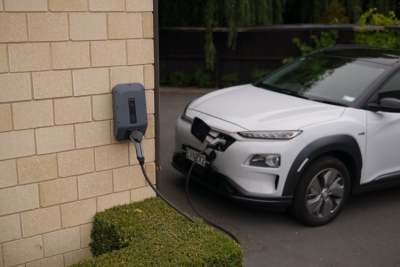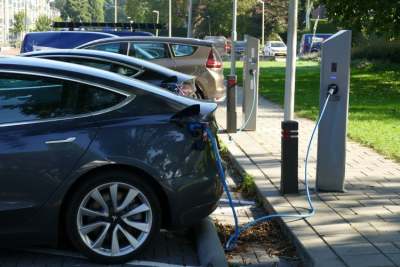Over its lifetime, driving an electric vehicle will save around 16.5 tonnes of CO2e, even once the higher emissions from its manufacture are factored in. This is equivalent to someone in the UK’s total emissions for a year and a half!
Switching to electric can feel like a big decision, so here we run through all the things you’ll want to consider before making any choices.
10 Steps to switching to an electric vehicle
Choosing an electric vehicle is becoming more and more viable. As costs drop and charging points improve, they are only going to become a better option over the next few years.
1. Consider what type of electric vehicle would suit you
There are a few different types of electric vehicles (EV):
- Battery electric vehicle: what most of us think of as an EV, it runs off a battery and can be plugged in and charged at home.
- Plug-in hybrid: has a battery and can be charged at home, but also has a backup internal combustion engine (ICE), meaning that it switches to use petrol once the battery runs out.
- Hybrid electric vehicles: sometimes advertised as ‘self-charging hybrids’, they run off a mixture of electricity and petrol or diesel. The petrol or diesel engine charges the car’s batteries, making it more efficient than a conventional car. However, RAC says, “The battery is significantly smaller, so you shouldn’t expect to achieve any more than a couple of miles of pure electric range at low speeds.” Sales of new hybrids, along with petrol and diesel cars, will be banned in the UK from 2035.
Deciding which type to get will depend on your needs and what you’re using it for. However, pure electrics will be substantially better for the environment. Unless you’re sure you’d only use the petrol tank for emergencies, you may even want to steer clear of a plug-in hybrid.
A 2021 study found that carbon savings from plug-in hybrids were far lower than official figures claimed because they weren’t being charged very often so the battery just wasn’t being used all that much. This meant their emissions were much closer to those of conventional vehicles.
Our shopping guide to cars discusses the ethical pros and cons of different vehicle types further. RAC also has a guide to all the different types of electric vehicles.
2. Look at different electric vehicle options
If choosing an electric car, you probably want to prioritise range (the number of miles it can drive with its battery fully charged) alongside price and ethics. The average electric car could go around 220 miles after charging as of 2021, and the figure is only going to increase over the next few years. Some very high end models now have a range of over 400 miles. Other electric vehicles will do as little as 85 miles though, so check that you’re getting one that meets your needs (particularly with older cars if buying second hand).
Unsurprisingly, the more expensive cars usually have better range. A Tesla Model S will have a range of around 350 miles. Whereas some Mini Electrics will take you just 110.
The Electric Vehicle Database is a great website for comparing range, charging time and efficiency for pure electrics.
Our shopping guide to cars rates and ranks 39 different car brands. As well as carbon issues, it discusses conflict minerals and biodiesel, and highlights companies involved in military supply.
3. Consider what you can afford
Electric cars are known for being expensive. The average electric car costs £50,000 if bought new in the UK, with the cheapest model at £22,225. Yet, despite this significant initial investment, electric cars are on average cheaper than a conventional petrol or diesel car (an ICE) over their lifetime.
The average petrol car driver could save around £600 in running costs each year by switching to electric. That’s around £7,200 less over a 12 year lifetime. This is because they’re cheaper to refuel, have lower overall maintenance costs and currently get free road tax (from 2025 they will pay the same as the average petrol vehicle). If you can afford to fork out the initial sum an electric vehicle is a great choice.
When working out what you can afford, remember to factor in the cost of a home charging point and any government grants you might be able to get for this.
If you can’t afford to buy an electric car outright, you could consider doing a long term electric-vehicle rental or joining a car club that offers electric vehicle hire. Our article about reducing road travel and our shopping guide to cars both talk more about car club options.
Public charging points can be expensive, so if you need to keep costs down you may have to plan around being able to charge at home.
While there are no UK-wide schemes to support switching, it’s worth checking if your local government is offering any support.










